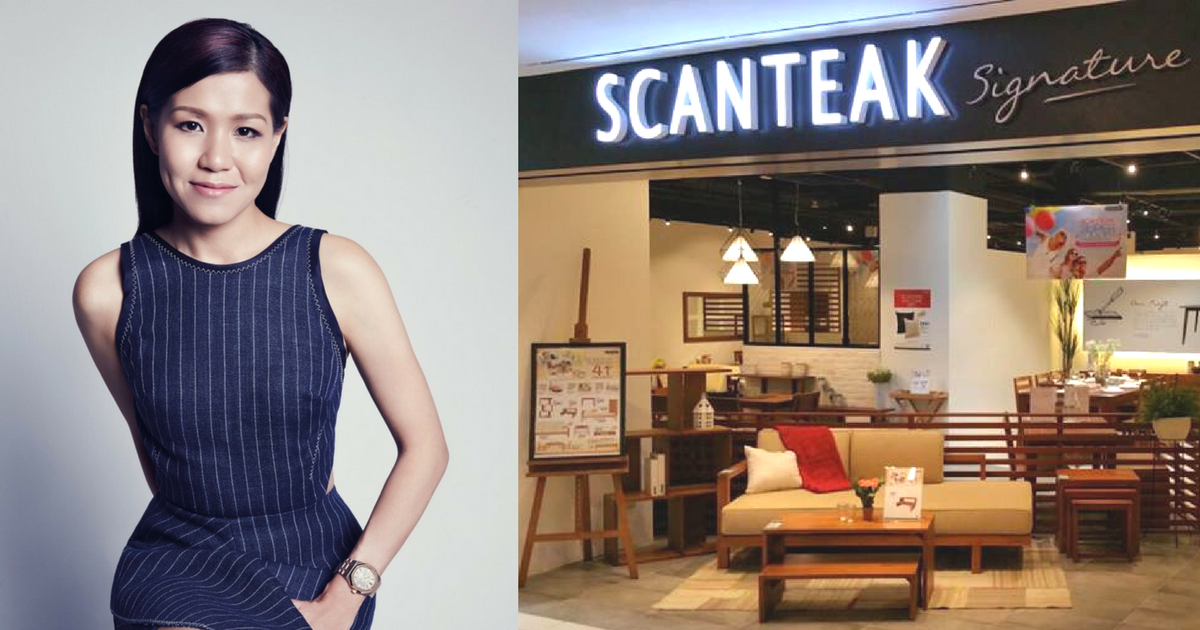
Leading Through COVID-19
When Singapore was in Circuit Breaker for about 2.5 months, all retail stores had to shut down. For Scanteak, that was 12 stores in total. When we reached out to Jamie Lim, the CEO of Scanteak Singapore in May, we were impressed with how her leadership and pre-crisis preparedness helped her team adapt and respond quickly to the crisis.
ScanTeak Singapore
Started back in 1988, Scanteak is one of the top furniture retailers in Asia, with over more than 100 locations worldwide. Known for their brand culture ‘Feel at home’ – Scanteak’s branding philosophy is all about trust and value; and carries a promise about their high standards. I have read a lot about Jamie’s relentless drive to transform the business to go digital. I was excited to hear her perspectives about preparing an organisation for transformation, amid a crisis like Covid.
Jamie:“Yes, every business leader must drive transformation in the face of disruption or risk losing market relevance. In the past two years we have invested heavily in our online platform, we have seen almost 700% increase in online sales through this period. I am very grateful that we have built up capabilities in an omni-channel approach, educating both ourselves as well as our consumers in this new business model.”
Jamie: “I got to say my people have the agility mentality. I would like to think we hire the right people and we place them on the right job. A few years ago, we started aligning our people strategy to business outcomes. If we want these results, what kind of people do we need to hire and what competencies would they have and how would we reward them? So, we worked with some consultants to come up with a competency based model when it comes to hiring and evaluating talent. That has worked well for us and added a lot of structure and transparency.
Another thing is a culture of empowerment on the ground – in our EXCO meetings, my Directors and I try to speak only 30% of the time and allow people on the ground to speak up 70% of the time. They bring to the table what problems the different departments are facing and then I can help. We lead from the back this way and my Directors and Managers all have people responsibilities – they take on the extended HR role for their people. HR does not lie only with the person with HR in their title. The middle leaders also have that responsibility.”
Jamie: “The tool was useful to help us get feedback on how mature we are in terms of our processes compared to other organisations. It really acted as a catalyst for us to build people capabilities to support business transformation. We did it twice to see if we moved the needle on adopting more mature processes after our investments. Ultimately, we want to differentiate ourselves with the Scanteak employee experience.
A few years back, we had major incentive to streamline and automate HR processes when 7 of my staff got pregnant at the same time! We invested in a HR system that allowed us to do payroll, claims, and leave remotely. This has really paid off during the crisis. A lot of my staff were still operating from Malaysia and they could assess the systems from where they were.
We also worked with IAL also to design an e-learning platform for sales staff – it was painful at first to have to enable all digital migrants to use technology. However, the ability to change is like a muscle – now when I share with my sales staff about zoom training, they get on it with some effort – but we are proud that all our staff, even those in their 60s were eventually able to navigate Zoom.”
Jamie: “I think it’s an unprecedented time where the curve of competition is flattened again. In every crisis we find new things that can help business improve – we must have this mindset of growth and learning. For Scanteak now is the time to accumulate new skills and invest in new capabilities, we will continue to build digital infrastructure, franchise capabilities and R&D.”
Jamie: “I think it was very beneficial for us to understand how to cascade our strategic outcomes to the ground and translate it to behaviours and competencies we need at different levels of leadership and incorporate it within how we measure performance. This has helped us recruit, retain, motivate, and develop people in a more targeted way. I wouldn’t do anything differently only wish we moved even quicker!”

If you are a business leader also looking into leveraging on your human capital to accelerate through this crisis, reach out to us for a complimentary advisory Human Capital Health-check at hcdiagnostics@ihrp.sg.


